Hookless Road & Tire Compatibility
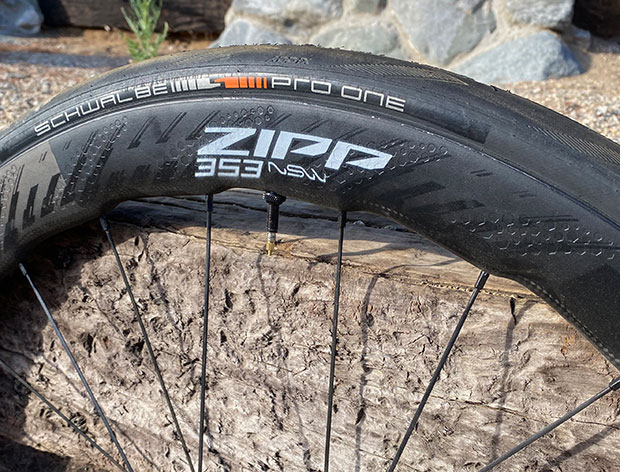
Last month I wrote about new wheels and tires invading our landscape, and the new lower ideal pressures we’ll need to become familiar with. This hookless bead tech seemed unimaginable pretty recently but here we are, today, with some of the most august brands in cycling embracing it.
Skeptics think it’s about money. Rims with hookless beads are not as hard to manufacture. True. But…
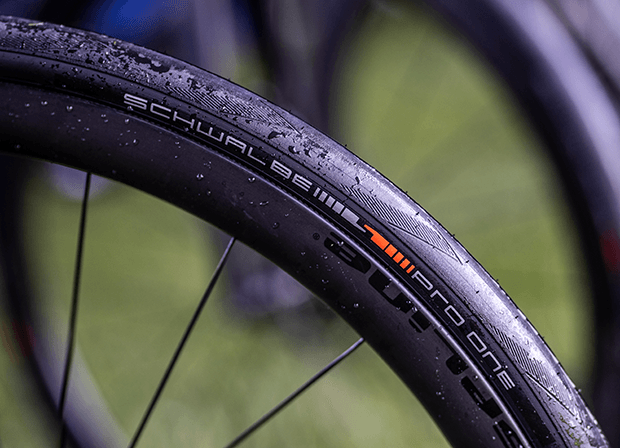
Hookless beads are also stronger; the diameter of wheels are easier to control during manufacturing; and the radius and shape of the rim’s the bead lock, bead seat, bead shelf, and the top of the rim wall, can be made much more precisely. There is a precision – according to certain wheel makers – that just is not achievable if a bead hook is a mandated part of the rim.
That is a big deal in tubeless: The more precise the fitment – the mating of tire to rim – the less leakdown. How would you like a tubeless tire that held air almost as well as a butyl tube? We have that now, with CADEX tires on CADEX wheels, and we’re close to that with different makes and models of tires on Zipp wheels. This is because the ETRTO – the European standards group for tires – was precise in laying out the specs for road bicycle rims made without bead hooks.
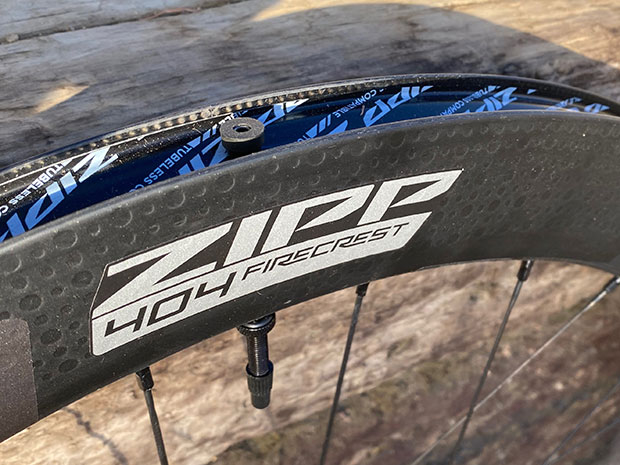
This allowed tire companies to make their tires to likewise precise specs, and that opened the door to tires that mount easily on rims, that bead up easily, and that hold air better than tubeless road systems of just a year or two ago. These kinds of wheels and tires are coming for tri as well, and soon.
If it’s just road race we’re talking about, heck, we’re here now. The struggle I sense some brands are having is getting the message out to consumers about which tires mate with which wheels, at which pressures, and how to make sure all these tire/wheel combos are safe. There are two approaches wheel brands are taking to ensure safety and inform consumers on tire use for their wheels.
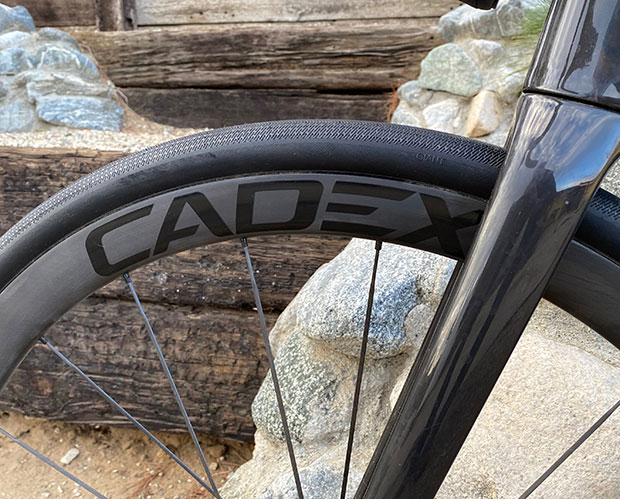
First, there is the ENVE and CADEX approach. These wheel brands perform tire testing on their wheels, which includes blow-off testing on each tire that’s a candidate for use on their wheels. These two wheel brands maintain lists of conforming and in some cases non-conforming tires. Here is ENVE’s list. Here is CADEX’s list.
Then there is Zipp’s approach. All Zipp’s wheels with hookless beads conform to the ETRTO’s specs. To remind you, the ETRTO is the European standards organization for all pneumatic tires: from tractors to airliners; from cars to motorcycles to bicycles. Beginning in 2019 the ETRTO published its standards for hookless wheels. It doesn’t put too much emphasis on standards for the bicycle tires that will go on road wheels with hookless beads. Rather it lays out precise specs for how the wheels must be built.
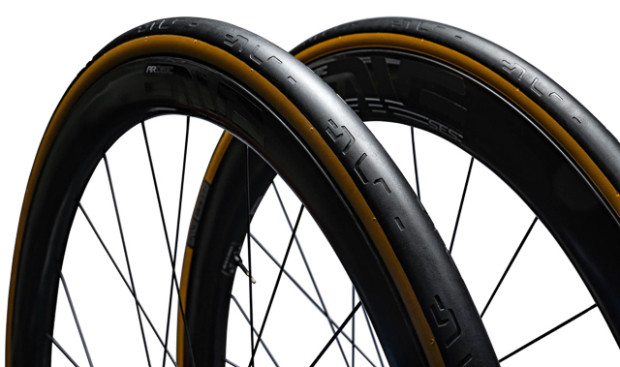
This may seem to place the pressure and liability on wheel makers, but there’s a case that, really, it’s the opposite. As long as wheel makers conform to the ETRTO’s spec, they’re off the hook. And this is Zipp’s take on it, it seems to me. They make conforming wheels. They ask tire companies whether they make conforming tires. If so, those brands and models make Zipp’s list and here it is.
The tire makers are not given a lot of restrictions on tire manufacture. They just must make tires that don’t blow off the wheels made to ETRTO spec. More and more tire companies are coming out with such tires and these now include, at least, Schwalbe, Pirelli, Continental, Veloflex, and that’s in addition to the tires certain wheel brands – like CADEX, Zipp and ENVE – are making. I’ve heard reports that other brands making conforming tires, like Michelin, but as of this writing Michelin hasn’t answered me on this.
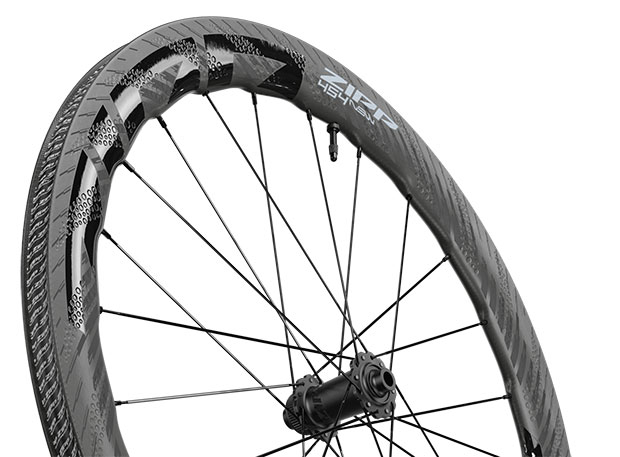
Here is the irony to me. This whole process is set up – it seems to me – to push the liability onto the tire brands; but the tire brands don’t host wheel compatibility charts. Rather it’s the wheel brands hosting tire charts. I could see this kind of chart as informational, that is, if a wheel brand wants to say, “We’ll save you from having to visit all the tire company websites, here’s who’s making hookless bead conforming road tires.” But some wheel companies go further, as we shall see.
When you look at Zipp’s compatibility chart, it arrives at this list by simply asking the tire brands if they make tires that will be compatible with Zipp’s wheels. I think a perfectly appropriate reply is what you see from Veloflex on this page which says, basically, our TLR tires are hookless compliant as long as the wheel is ETRTO hookless compliant; go ahead and use our tires on this wheels with confidence, as long as you follow the other rules.
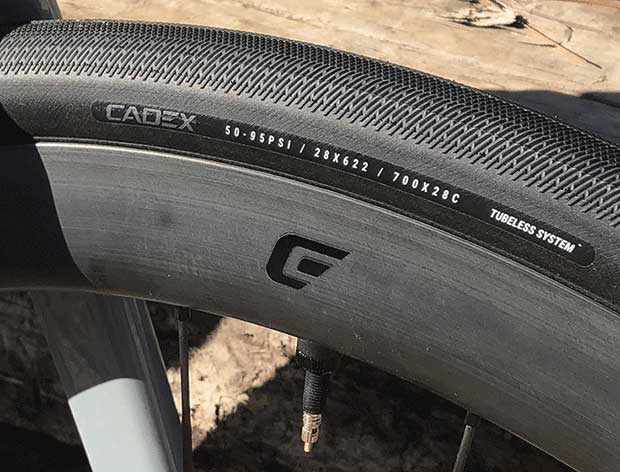
What other rules? First, max pressure, which is 72.5psi on any wheel with a hookless bead. Second, tire width rules which are: 25mm tires or larger on rims with inner bead widths of 23mm or smaller; and if the rim’s inner bead width is 25mm then the minimum tire size is 28mm. (That Veloflex page goes into more detail on this.)
I think ENVE’s approach – to test each tire – is rooted in how early its hookless bead road wheels came to market. Because these wheels arrived years before the ETRTO published any rules (those rules first appeared in the 2019 ETRTO manual) the tire makers had no guidance on how to make their tires. One typical problem is that tires could blow off rims because those tire beads were too flexible. Because of this ENVE had in its testing lab not only a blow-off test, but a tire bead stretch test. (We wrote about ENVE's test lab.)

Here is a quote from that Veloflex page: “After several tests we can confirm that our TLR tires, thanks to the non-extendable Zylon rings, can be safely installed on hookless rims.” What Veloflex has done – if I understand this correctly – is infuse the beads of its so-named TLR (tubeless ready) tires with a material that impedes stretch, and so that tire won’t blow off a hookless rim. The less-flexible beads on these tires might make you think they don’t go over the rim walls sufficiently easy. But in my own use of these ETRTO-conforming hookless wheels and tires I haven’t found the tires harder to mount than regular clincher tires – they usually go on hands-only (no levers needed).
There is still an issue, and that issue is testing. While the ETRTO is the organization most of the wheel and tire brands look to for guidance on wheel spec, the ISO is the organization more often associated with guidance in testing. Continental noted in an email to me “The ISO standard is 110%” and I assume that means 110 percent of the stated max pressure as written on the tire, embedded in the tire mold. Nevertheless, Continental tests its tires to 130 percent. Some wheel brands test to 130 percent, some to 150 percent, and Continental takes issue with a blow-off protocol that (at 150 percent of max pressure) it feels is unreasonably high for a hookless bead compliant tire.
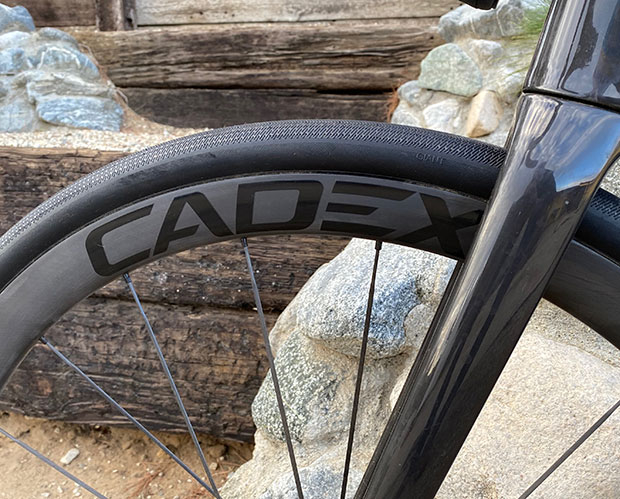
Another point of confusion (well, I'm confused) is the max stated pressure of these tires. Continental is an example, and let’s take its 28mm size of its Grand Prix 5000 S TR, which would be a very popular tire on a hookless road wheel. That tire has two max pressures: one for hooked rims, one for hookless. You can see this on its website.
When a wheel company conducts a blow-off test on a hookless wheel, is it using the max pressure recommended by Conti for that tire for that wheel? Or is it using some multiple (130 or 150 percent) of the pressure as written on the tire’s casing?
My sense is that, in their zeal to protect their customers, some wheel makers may be sweating this a little too hard. The max pressure for any road tire on any hookless road wheel is 72.5psi. So, blow off testing should be no higher than – using Continental’s guidance – 95psi (if you round up from 94.25). There’s a case that could be made that blow off testing should be lower for tires larger than 28mm. On one of my road bikes I’m riding a 32mm CADEX tire on a CADEX AR 35 (an all-road wheel), and that wheel has an inner bead width of 25mm. There’s a massive amount of air volume in that system, and if I put any more than about 50psi in that tire I lose the suspension benefit of that tire. When I run a 30mm Schwalbe Pro One on a Zipp 353 – the set up on another road bike – that system is pressured, for me, at 60psi.
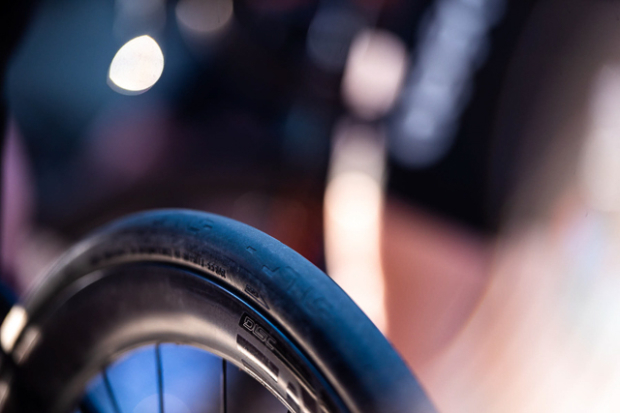
They may sound like slow, ponderous systems with pressures that low, but I don’t think they are. There’s more to write about the best ways to test systems like these for speed, and you’ll read about this here throughout the spring.
I have a chart for you all, which I intend to try to keep updated until I don’t feel a need for this chart any longer. It’s a compatibility chart that is not brand-specific. It’s an amalgamation of the charts of the wheel brands I’m writing about here. I predict a flurry of editing of this page in the next couple of weeks as wheel and tire brands let me know how they want their products represented.
If you go to this page you’ll see an OK next to a tire/wheel combo that, to the best of my research, represent a match. My intention is to replace the OK with a number representing the ideal pressure for that wheel/tire combo, normalized to a set of sample data. For example, a 160lb rider on a medium asphalt road on a tri bike. If you’re heavier or lighter, on a different road surface, or on a road bike (where your weight on that wheel differs front to rear) you’ll have to do some calculations (or just go to Silca’s tire pressure calculator). We’ll see if that progresses and if and when I make that edit to this chart I’ll let you all know.



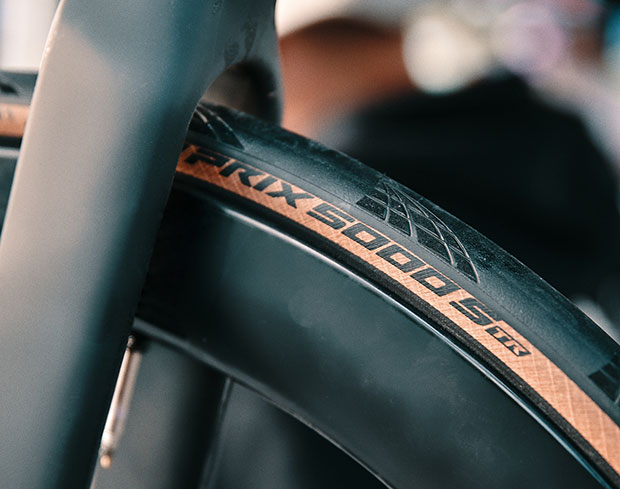
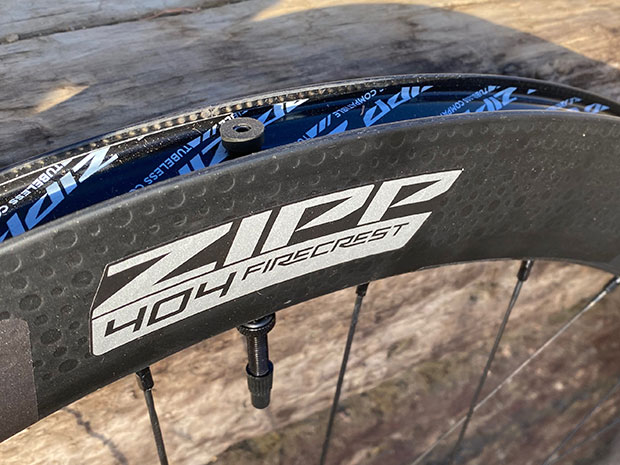
Start the discussion at slowtwitch.northend.network